April Macie’s Feet and Childhood Celebrity Crush
Pam’s Big Announcement
Boss Keith’s Top 5 New Year’s Resolutions
#DumbAssNews – Mega Doodoo?

April Macie’s Feet and Childhood Celebrity Crush
Pam’s Big Announcement
Boss Keith’s Top 5 New Year’s Resolutions
#DumbAssNews – Mega Doodoo?
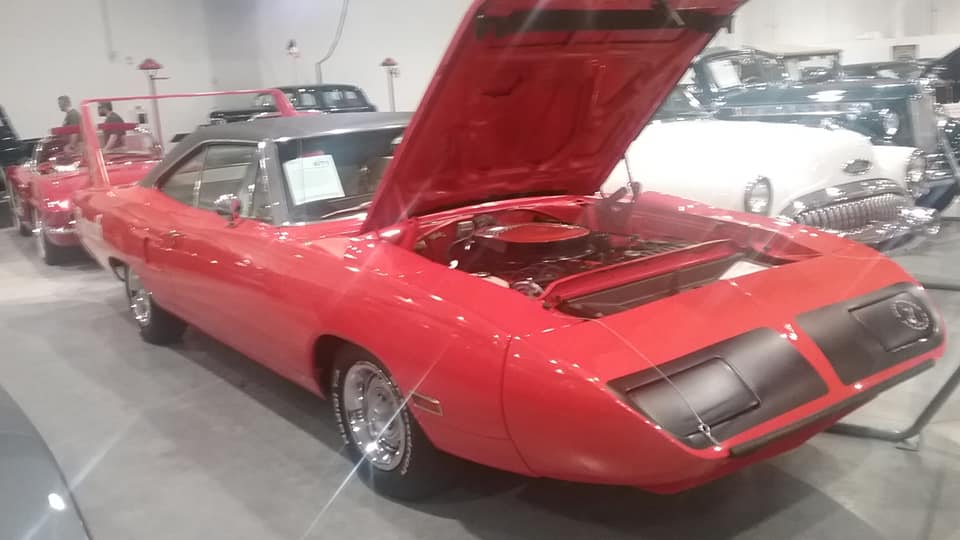
Car: Plymouth “Superbird”
Year: 1970
What makes it special: The Superbird was a highly modified, short-lived version of the Plymouth Road Runner with well-known graphics and horn sound. It was the factory’s follow up stock car racing design, for the 1970 season, to the Dodge Charger Daytona of 1969, and incorporated many engineering changes and modifications both minor and major garnered from the Daytona’s season in competition. NASCAR’s homologation requirement demanded that vehicles to be raced must be available to the general public and sold through dealerships in specific minimum numbers. For 1970, NASCAR raised the production requirement from 500 examples to one for every two manufacturer’s dealers in the United States; in the case of Plymouth, that meant having to build 1,920 Superbirds. Due to increasing emissions regulations, combined with insurance spike for high performance cars and NASCAR’s effective ban on the aero cars, 1970 was its only production year.
What made it famous: The car’s primary rival was the Ford Torino Talladega, a direct response to the Mopar aero car. Both of the Mopar aero cars famously featured a protruding, aerodynamic nosecone, a high-mounted rear wing and, unique to the Superbird, a horn which mimicked the Road Runner cartoon character. Superbirds equipped with the top-of-the-line 426 cu in Hemi engine with a pair of 4-barrel Carter AFB carburetors ( 2x4bb ) producing 425 hp could accelerate from 0 to 60 mph in 5.5 seconds.
Why I would want one: Any kid who grew up in that time period ( the 60’s & 70’s ) wanted one of these when they came out. It was not only an icon, but the first “Supercar” of its time.
Fun fact: It has been speculated that a motivating factor in the production of the car was to lure Richard Petty back to Plymouth.

Mike reviews Grateful Dead’s Europe ’72. An album full of classic Dead hits recorded all over Europe! How’d you rate this one?
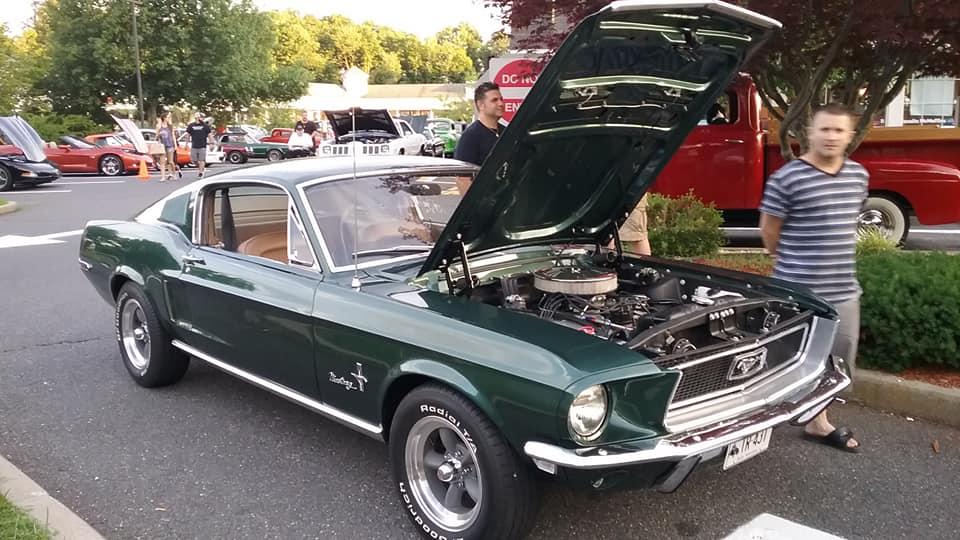

Chaz Attacked by Bull on Vacation
AJ’s Fantastic Vacation
Special Christmas Gifts
#DumbAssNews – The Viral Shower Singer
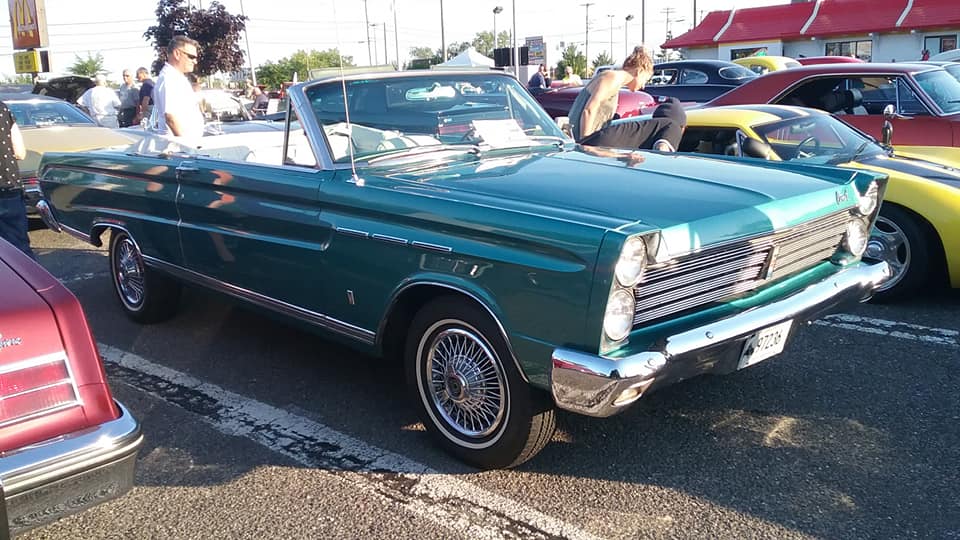
Car: Mercury Comet Caliente’ Convertible
Year: 1965
What makes it special: The Comet was produced by Mercury from 1962–1969 and 1971-197, variously as either a compact or an intermediate car. It was initially based on the compact Ford Falcon, then on the intermediate Ford Fairlane and finally on the compact Ford Maverick. As a Mercury, early Comets received better grade interior trim than concurrent Falcons, and a slightly longer wheelbase.
What made it famous: For 1965, the Comet received updated styling front and rear, including stacked headlights, similar to what Pontiacs and Cadillacs would use at the same time. The base 6-cylinder engine was increased from 170 cid to 200 cid. Still using a single-barrel carburetor, it produced 120 hp at 4400 rpm. The base 8-cylinder engine was increased from 260 to 289 cid and, using a 2-barrel carburetor, it produced 200 hp at 4400 rpm. The standard transmission continued as a column-shifted 3-speed manual transmission. The optional automatic was changed to a “Merc-O-Matic” 3-speed automatic transmission, essentially a Ford C4 transmission. The 289 V8 was available in three horsepower ratings, base 2-barrel 200 hp, 4-barrel 225 hp, and the premier driveline option was the 289 cubic inch, 271 hp, high-performance engine and 4-speed manual transmission found on the Ford Mustang.
Why I would want one: Well, this one’s not to hard to figure out. I love Falcons, Fairlanes and Mavericks, so it’s no surprise that I’d also want the Mercury variants of those sister models.
Fun fact: The “Comet” name was trademarked to Cotner-Bevington as the Comet Coach Company, building ambulance and hearse commercial vehicles. Ford bought the name in 1959.
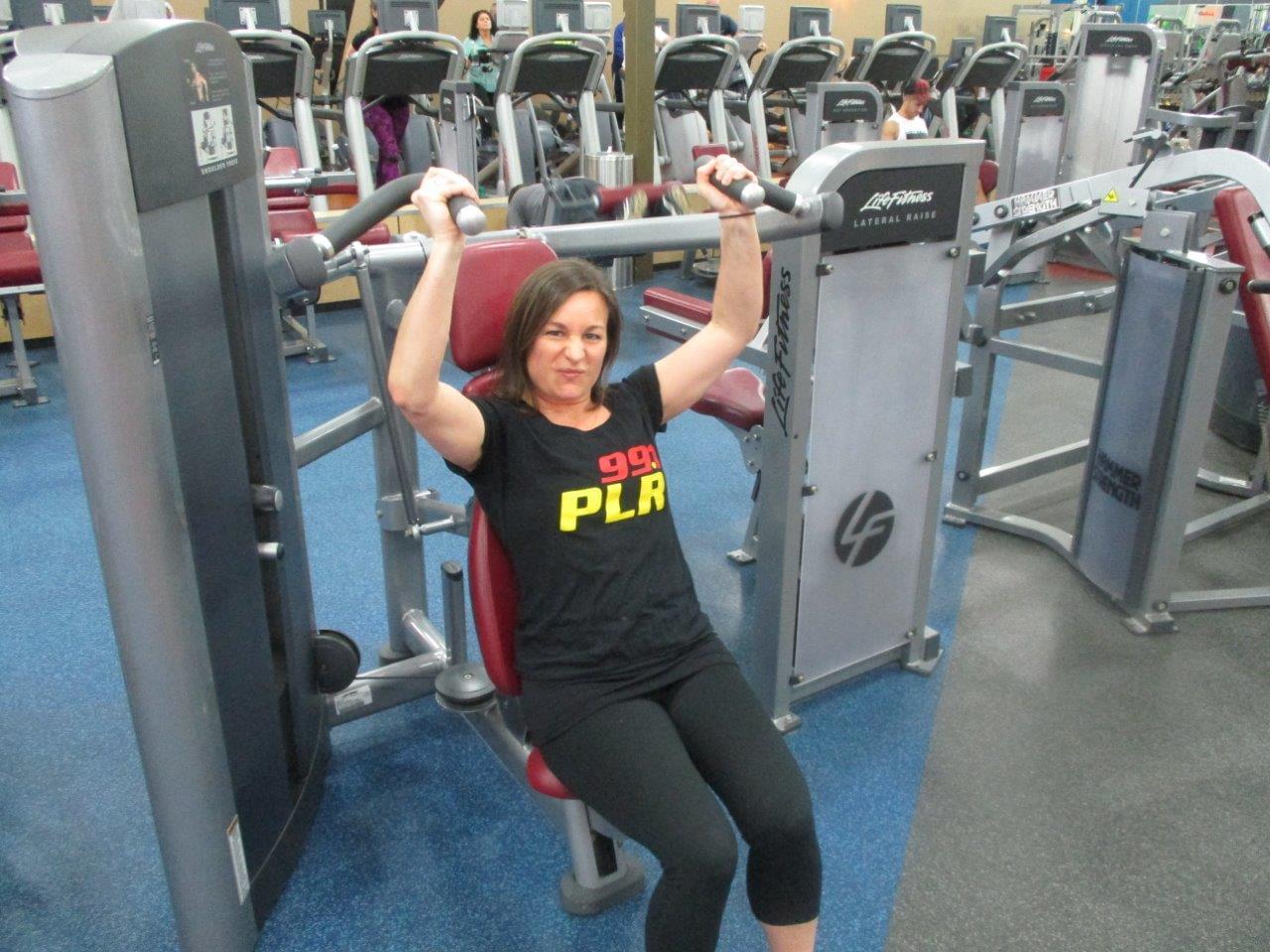
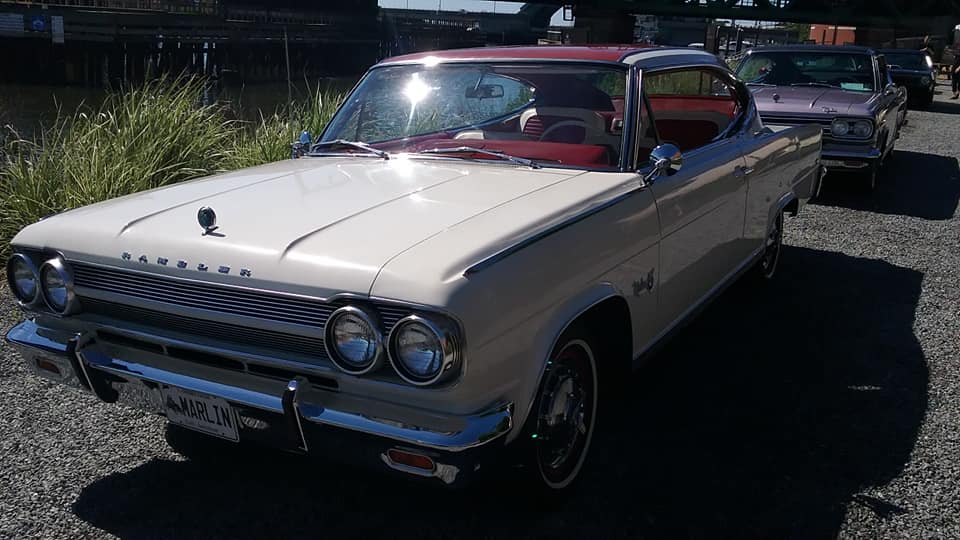
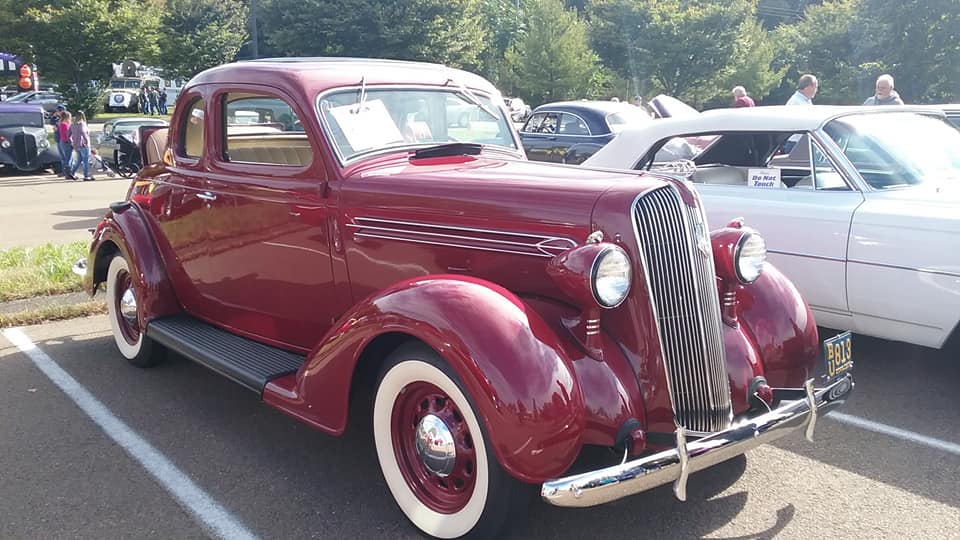
Car: Plymouth P2 Business Coupe
Year: 1936
What makes it special: The 1936 Plymouth models were substantially changed, but didn’t look it. The 1936 Plymouth frame was redesigned with half-inch deeper side rails, plus a straight front crossmember to replace the previous Y-brace, which allowed extending the X-member forward for greater torsional strength. The new chassis reduced ride height by one inch, which combined with updated styling for a somewhat sleeker look, announced by a taller, narrower “fencer’s mask” grille. Each series got its own designation: P1 for Business models, P2 for DeLuxe’s.
What made it famous: Plymouth’s sturdy, reliable powertrain was basically unchanged, but a low-compression 65-bhp engine option was added, part of a package that also included the longer rear-axle ratio and other economy features of the previous PJE coupe. Also new for ’36 was a unique shift-lever design that didn’t wobble when the car was in motion. A new radiator grille, ornament, headlamps and hood louvers, new heavier fenders and more massive body were also part of the 1936 model.
Why I would want one: It’s a great-looking car, and for those who like to be different, it’s a nice departure from the usual offerings from the other big manufacturers of the day.
Fun fact: The 1935-36 models were a solid success that deserve credit for advancing the state of the art in “common man” cars.
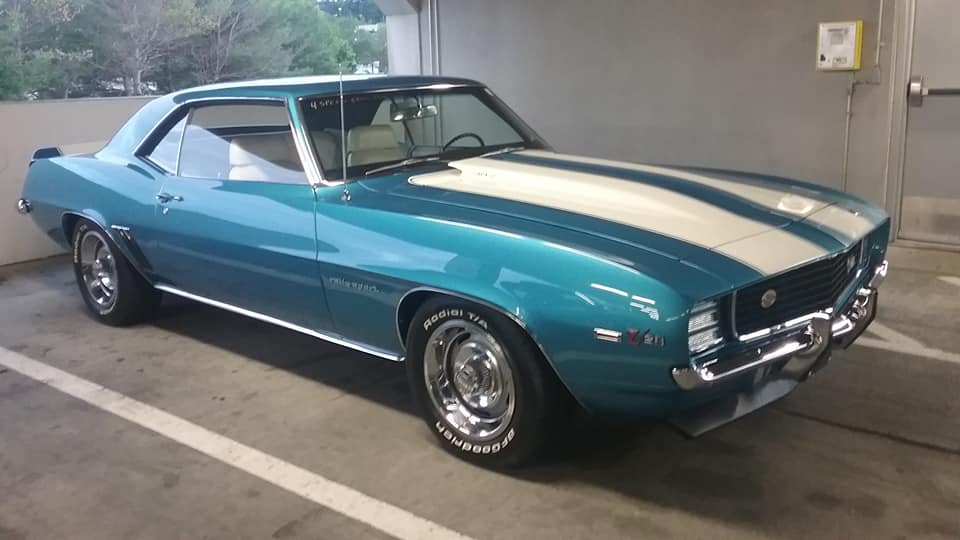
Car: Chevrolet Camaro R/S Z28 Coupe
Year: 1969
What makes it special: The first-generation Camaro appeared in Chevrolet dealerships on September 29, 1966 for the 1967 model year on a brand-new rear wheel drive GM F-body platform and was available as a 2-door, 2+2 seat, hardtop and convertible, with the choice of either a straight-6 or V8 engine. The first-generation Camaro was built through the 1969 model year. Almost all of 1967-1969 Camaros were built in the two U.S. assembly plants, in either Norwood, Ohio or Van Nuys, California. There were also five non-U.S. Camaro assembly plants in countries that required local assembly and content, located in the Philippines, Belgium, Switzerland, Venezuela, and Peru.
What made it famous: The 1969 Camaro carried over the previous year’s drivetrain and major mechanical components, but all-new sheet metal, except the hood and trunk lid, gave the car a substantially sportier look. The grille was redesigned with a heavy “V” cant and deeply inset headlights. New door skins, rear quarter panels, and rear valance panel also gave the car a much lower, wider, more aggressive look. This styling would serve for the 1969 model year only. The Rally Sport option, RPO Z22, includes special black painted grille with concealed headlights and headlight washers, fender striping except when sport striping or Z28 Special Performance Package is specified, simulated rear fender louvers, front and rear wheel opening moldings, black body sill, RS emblems on grille, steering wheel and rear panel, Rally Sport front fender nameplates, bright accented taillights, back-up lights below rear bumper, including bright roof drip moldings. This option could be added to any other SS or Z/28 option, making the model an RS/SS or a RS/Z28. The Z28 option was available with the 302 cu in small block producing 290 hp at 5800 rpm and 290 lb⋅ft of torque at 4200 rpm. It was backed by Muncie 4-speed with a standard Hurst shifter and connected to a 12-bolt rear axle with standard 3.73 gears. The 302 featured 11:1 compression, forged pistons, forged steel crankshaft and connecting rods, solid lifter camshaft, and Holley carburetion on a dual-plane intake manifold. A dual 4-barrel Cross-Ram intake manifold was available as a dealer-installed option.
Why I would want one: Never had a Camaro yet, naturally I’d lean towards the first-gen.
Fun fact: The 1969 model year was exceptionally long, extending into November 1969, due to manufacturing problem that delayed the introduction of the second generation model planned for 1970. It is a popular myth late-’69 Camaros were sold as 1970 models due to GM publicity pictures of the ’69 Camaro labeled as a 1970, but they were all assigned 1969 VIN codes.